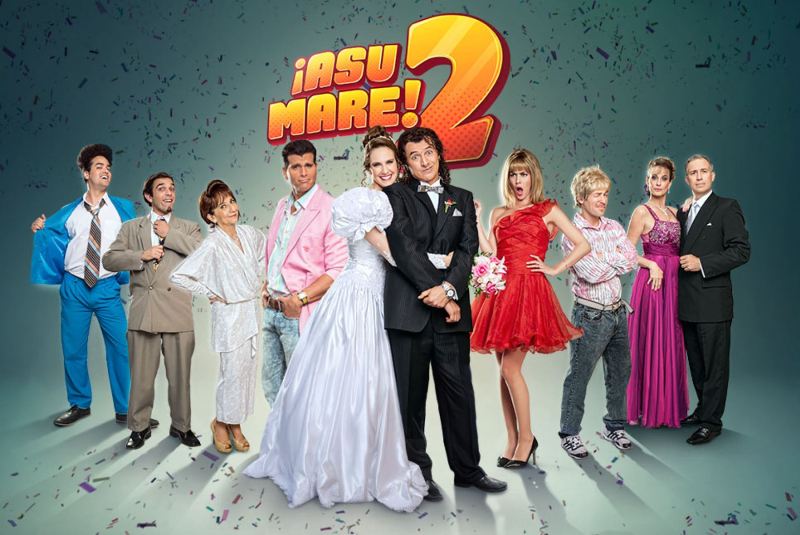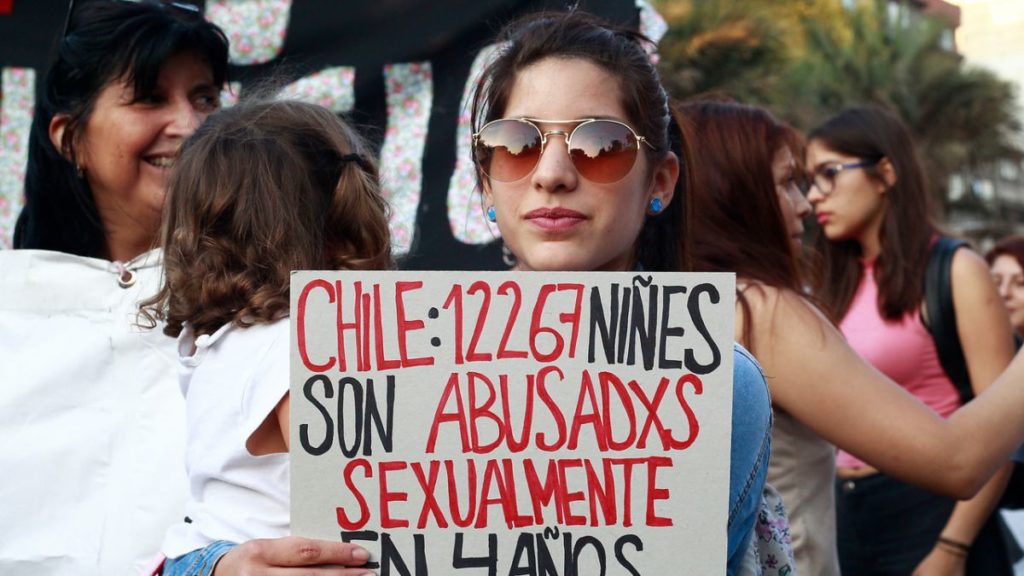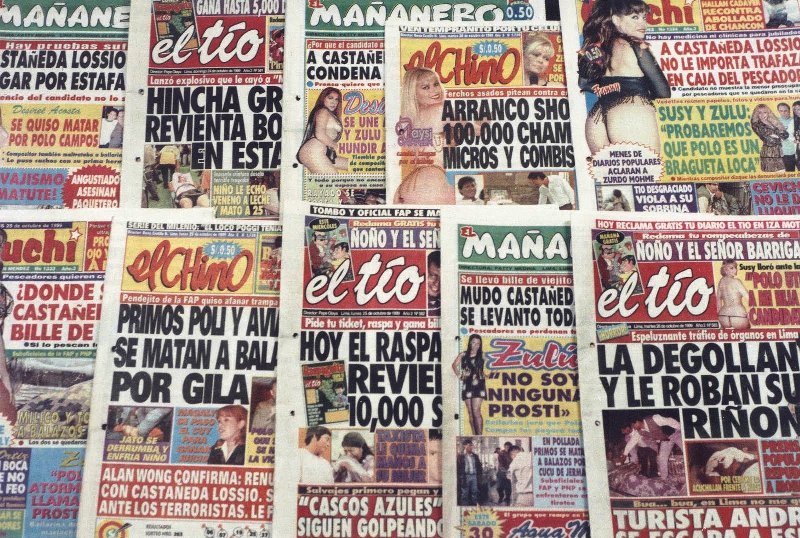Asu Mare and its sequel were funny films with important social commentary, but the message is undermined by the standard practice of excluding indigenous faces.
Before my rant, I have to say I loved Asu Mare. I do not know exactly how many times I watched it, but the number is north of 10. Asu Mare 2, as expected, was not as funny. But my wife laughed out loud throughout the sequel, and it was worth a watch.
The first film touched on a range of issues like race and classism which are not only seen in Peru but all of Latin America. But it also featured phenomenon seen throughout Latin America, such as “mamitis.” I may have laughed loudest when a young Carlos Alcantara dreams of becoming a Latin ballad singer after seeing his mother entranced during a performance by Spanish heartthrob Raphael.
The first film was a more intimate look at Alcantara’s life with extended standup routines and honest commentary on his trajectory, including a look at his indulgence in crack cocaine before going into show business. In following the first film’s ending with Alcantara’s pursuit of an upper-class Lima girl, the second film only focuses on social class. Cheap jokes and classism from start to finish.
Classism is a problem throughout Latin America, but both films’ use of an entirely white cast detracts from the message.
While it was great to see the city of Lima showcased in films that enjoyed success throughout Latin America, especially when this great capital is overshadowed by places like Machu Picchu and Lake Titicaca, the misrepresentation of the true face of Lima is disappointing. Peru is certainly not the only place where Amerindian faces are excluded from popular entertainment, only to be seen on the news and when cameras film live on the street. I lived in Colombia for three years, and Creole faces also dominate the screen in that mestizo country.
Peru, on the other hand, was home to the Inca empire, the largest pre-Columbian civilization in the Americas. And while Lima is the historic Creole stronghold in Peru, the lack of resources the governing elite provided to the provinces throughout history attracted so much indigenous immigration from the highlands that the face of Lima is simply not what it looked like before the 20th century, and nothing what it looks like in Asu Mare.
In the city with the world’s largest Quechua-speaking population, it must take considerable effort to remove Indian faces from the cast. I found three scenes which almost bear a realistic resemblance to Lima. One was the band at Alcantara’s high school, which I attribute to the difficulty in finding enough Creole-looking high-school students who know how to play instruments to field a band without bringing in foreigners.
Another was Alcantara’s military draft registration. In the film’s defense, this scene cleverly captured Peru’s racial identity issues. While the indigenous-looking drill sergeant is checking in recruits, he designates Alcantara’s best friend as white with brown hair and brown eyes, which is good news to the boy. Alcantara, however, is designated mestizo with black hair and black eyes, which he appeals to have revised.
The most egregious misrepresentation of Lima, if not completely ridiculous, was the surfers scene at the beach. Again, it was hilarious, but where did they get the buff, blond surfers? I have visited every corner of Lima’s wealthy districts from La Molina to Miraflores, and nowhere is it that white. It is a scene you would never see, not in Peru or Lima. It was whiter and buffer than the whitewashed and wildly popular “Esto es Guerra” (This is War) television show, which features Peruvian models / intermediate athletes competing in arguably athletic events.
The surfer scene references Lima’s Italian-Peruvian community. Peru was home to one of the larger Italian communities in 19th century Latin America. And most of them settled in Lima and Callao, but the foreign-born population barely surpassed 10,000 – a tiny fraction of the city at any time since they arrived. In trying to impress an upper-class Lima girl at the beach, Alcantara tells her his name is “Giuseppe.”
So Alcantara did not completely ignore the racial issues of Peru, but merely perpetuated them by whitewashing the cast. Interestingly, the film did not sideline the Afro-Peruvian community. If anything, they are overrepresented along with the whites. The heavy use of European and African faces makes you wonder if the producers want to project the image of Peru as being similar to a Caribbean country or Brazil, as opposed to an Andean highlands nation.
According to the CIA World Factbook, over 80% of Peruvians are of Amerindian and mestizo descent. This means there are more indigenous Peruvians than white and black Peruvians combined and multiplied by four. In Asu Mare, however, the proportions are reversed. White and black actors outnumber the Amerindian and mestizo faces combined and multiplied by four.
The indigenous Peruvians were not the only losers in Asu Mare casting calls. Peru’s giant Asian population was even less represented. From 1849 to 1874, over 92,000 Chinese immigrants settled in Peru, mostly to build the railroads. That immigration has not stopped. You cannot visit the Lima immigration office in Breña without seeing a Chinese national looking to get established. And I do not know how many times I have had a hard time understanding the Spanish of the chifa restaurant workers downtown and in Lince. Any mention in either film, despite ample opportunity to include the affluent Japanese-Peruvians in the sequels focus on social class? None.
I am from the United States, a country which has a history of sidelining racial minorities. Before I was born, black faces were rare. However that phenomenon completely disappeared by the time I was watching the Cosby Show, In Living Color and the like. While African-Americans make up well under 20% of the U.S. population, they are now over-represented in American popular media. Seven of the top ten in Forbes magazine’s most powerful celebrities list are African-Americans such as Beyonce, Jay-Z and Oprah.
The minorities ignored in the United States are Latinos and Asians, as they are in Peru. However the difference is the United States never ignored the majority of its population, which is white. While sidelining minorities certainly is not good for society, Peru sidelines its overwhelming majority demographic. And that can’t be good.
Sources
Ciudad de Lima conserva la mayor cantidad de quechua hablantes, informan (RPP)
La migración italiana en América Latina. El caso peruano (Universidad del Pacifico)
The World Factbook (CIA)
The World’s Most Powerful Celebrities (Forbes)
Historia del Perú Contemporáneo (Instituto de Estudios Peruanos)
Asu Mare (YouTube)
Asu Mare 2 (YouTube)










